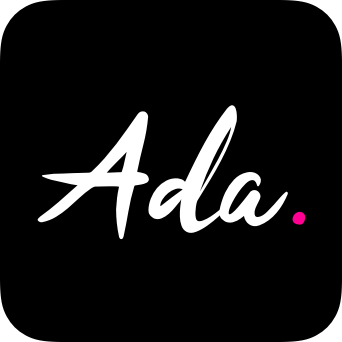Balance - Born Accessible - Establishing Accessibility Standards
PROJECT BACKGROUND
Balance, a startup specialising in financial software solutions, embarked on the development of a web-based accountancy application.
Since I joined the team at the inception of this startup, I have formulated a strategy for creating achievable accessibility standards that can be implemented effectively right from the initial stages of the design thinking process.
Recognising the importance of accessibility and inclusivity from the project's inception, Balance aimed to set a new standard for web app accessibility in the financial sector.
A SHORT INTRODUCTION
Are accountancy apps in the UK built with accessibility in mind?
No, most of them are not accessible, some of them are trying to become accessible because of the legislation, but it’s a long way to get there.
This is a gap in the industry and an opportunity for the start-up to get out from the crowd, get ahead of the competition, and create innovation.
Startup founders have the opportunity to build an accessible organisation from the ground up. They can create an accessible-first culture that will not need rewriting after years.
Designing with accessibility in mind from the start of a project can provide numerous benefits, not only for people with disabilities but for all users.
Why we should prioritise accessibility from the project inception?
Because it increases: inclusivity, legal compliance, market expansion, brand reputation, cost savings, user experience, future-proofing, efficiency and productivity, positive public relations, and ethical responsibility.
KEY CONSIDERATIONS
Compliance with WCAG 2.2
To ensure that Balance meets accessibility standards, we should adhere to the Web Content Accessibility Guidelines (WCAG) 2.2, which provides a comprehensive framework for web accessibility. Understand the different levels of compliance (A, AA, AAA) and prioritise meeting at least WCAG 2.2 Level AA.
User Research and Personas
Conduct user research with visual, auditory, motor, and cognitive impairment, including surveys, interviews, and usability testing, to gain insights into the needs and challenges of users with disabilities.
Create user personas representing different disability types to guide our design and development decisions.
Design and Development with Accessibility in Mind
The project team integrated accessibility principles into the design and development phases.
Examples of these considerations include:
Colour palette The 60-30-10 Rule is a simple theory for creating colour palettes that are well-balanced and visually interesting.
Colour contrast Ensure sufficient colour contrast for text and interactive elements to aid users with visual impairments. The foreground text needs to have sufficient contrast with the background colours. This includes text on images, background gradients, buttons, and other elements.
Typography Use readable fonts and font sizes. Avoid text in images and provide alternatives when necessary.
Content Structure and Headings Use proper headings (h1, h2, h3, etc.) to organise content hierarchically. Ensure headings are used to convey the document's structure, not just for visual styling.
Keyboard Navigation Make sure all interactive elements, such as buttons, links, and form fields, are keyboard accessible. Test and ensure a logical tab order.
Alternative Text Providing concise and descriptive alternative text for non-text content.
Clear Language Use plain language and avoid jargon in user interface elements.
Forms and Input Fields Use labels for form fields and associate them correctly using the for and id attributes. Implement error messages and alerts that can be read by screen readers. Provide clear instructions and guidance for completing forms.
Focus Styles Ensure that interactive elements have visible focus styles to indicate where keyboard users are currently focused. Users should be able to easily identify which element is selected.
Customisation Options Allowing users to adjust the complexity of the interface based on their needs.
User Testing and Feedback
Involve users with disabilities in the testing process to gather feedback and make iterative improvements.
Documentation and Training
We should educate about accessibility best practices. Create internal guidelines and documentation to maintain consistency in accessibility implementation.
Establishing accessibility standards for a new web accountancy app like Balance is a strategic decision that aligns with legal requirements and ensures business success.
By addressing specific challenges faced by users with disabilities and integrating accessibility from the project's inception, Balance become an app that is not only inclusive but also competitive and well-received in the market.
